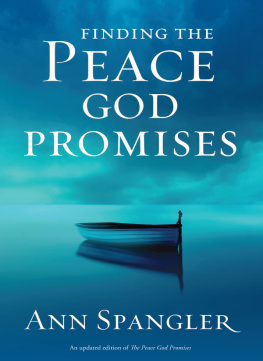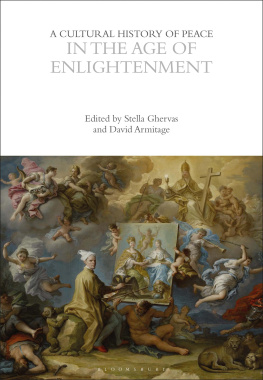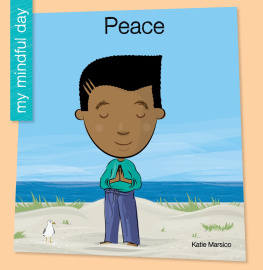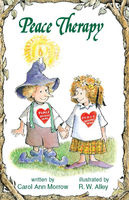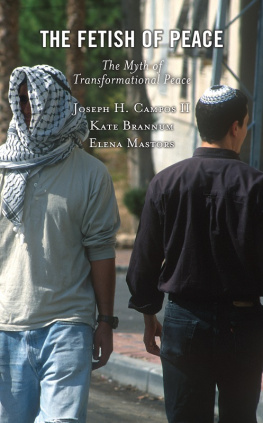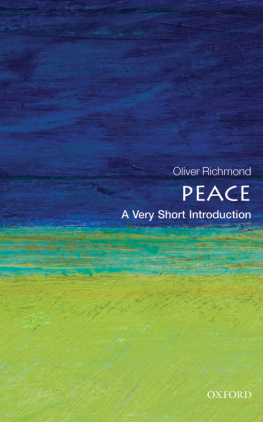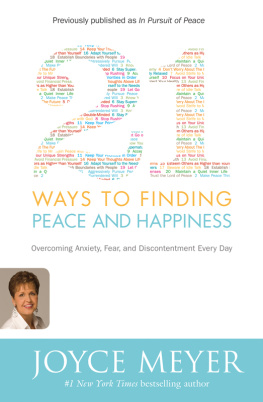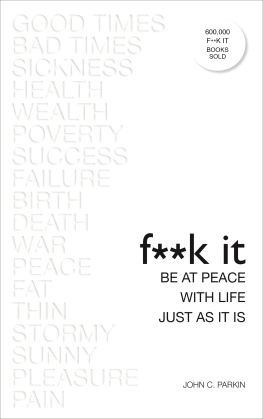THE GLORIOUS ART OF PEACE
THE GLORIOUS ART OF PEACE
FROM THE ILIAD TO IRAQ
JOHN GITTINGS


Great Clarendon Street, Oxford OX2 6DP
Oxford University Press is a department of the University of Oxford.
It furthers the Universitys objective of excellence in research, scholarship,
and education by publishing worldwide in
Oxford New York
Auckland Cape Town Dar es Salaam Hong Kong Karachi
Kuala Lumpur Madrid Melbourne Mexico City Nairobi
New Delhi Shanghai Taipei Toronto
With offices in
Argentina Austria Brazil Chile Czech Republic France Greece
Guatemala Hungary Italy Japan Poland Portugal Singapore
South Korea Switzerland Thailand Turkey Ukraine Vietnam
Oxford is a registered trade mark of Oxford University Press
in the UK and in certain other countries
Published in the United States
by Oxford University Press Inc., New York
John Gittings, 2012
The moral rights of the author have been asserted
Database right Oxford University Press (maker)
First published 2012
All rights reserved. No part of this publication may be reproduced,
stored in a retrieval system, or transmitted, in any form or by any means,
without the prior permission in writing of Oxford University Press,
or as expressly permitted by law, or under terms agreed with the appropriate
reprographics rights organization. Enquiries concerning reproduction
outside the scope of the above should be sent to the Rights Department,
Oxford University Press, at the address above
You must not circulate this book in any other binding or cover
and you must impose the same condition on any acquirer
British Library Cataloguing in Publication Data
Data available
Library of Congress Cataloging in Publication Data
Library of Congress Control Number: 2011939891
Typeset by SPI Publisher Services, Pondicherry, India
Printed in Great Britain on acid-free paper by
Clays Ltd, St Ives plc
ISBN 9780199575763
1 3 5 7 9 10 8 6 4 2
She, crowned with olive green, came softly sliding
Down through the turning sphere,
His ready harbinger,
With turtle wing the amorous clouds dividing.
And waving wide her myrtle wand,
She strikes a universal peace through sea and land
(John Milton, Nativity Ode, 1629)
Acknowledgements
Returning to the field of peace studies after several sinological decades, I have relied more than usual on the advice and support of others. My ex-Guardian colleague Michael Simmons read the entire draft, and so did my constant partner, Aelfthryth Gittings: both helped me enormously. April Carter, Peter van den Dungen, Helen Lackner, Linda Melvern, and Jonathan Steele read and commented on one or more chapters to my great benefit. I exchanged ideas on important issues with Ken Booth, Vijay Mehta, Mario Pianta, Phuntsog Wangyal, and Hans van Wees. I was guided to significant material by Stephanie Dalley, Scilla Elworthy, David Hart, Richard Minear, Brad Pardue, David Pritchard, Mark Selden, Gerd-Helge Vogel, and Nigel Young. I offer profound thanks to all the above who have helped me in different ways, and also to Jonathan Watts, for his enthusiasm when I first mentioned the idea. I was also encouraged by being invited to deliver the 2007 Annual Lecture of the David Davies Memorial Institute of International Studies. I owe a general debt to all those who have laboured, sometimes against hostile criticism, to develop what is now the flourishing field of international peace studies. Forty-five years after Oxford University Press published my first book on the Chinese army I am grateful for the skilled support of my editor, Matthew Cotton, and his colleagues, and for the useful comments of its anonymous readers. I would like to thank the staff of the Wychwood Library for their help in securing books: I hope that public opinion will protect the Oxfordshire Libraries service from the cuts imposed by an uncaring government. I also pay tribute to Gabriel Kolko, a historian of war quite different from all the others, whose great work has always been a source of inspiration. Finally, I offer this book to the memory of my parents: Robert Gittings, poet and biographer, who taught me how to write; and Kay (Cambell) Clay, teacher and friend of Italy, who always had confidence in me.
The poem by Kurihara Sadako (p. 243) is published by kind permission of the publishers. Its full citation is:
Kurihara Sadako, Rivers Rebirth (part 6 of River), trans. Richard H. Minear, Black Eggs, Michigan Monograph Series in Japanese Studies, no. 12 (Ann Arbor: Center for Japanese Studies, University of Michigan, 1994), 199203. Copyright 1994, Center for Japanese Studies, University of Michigan. All rights reserved.
Note from the Publisher
Whilst every effort has been made to secure permissions, we may have failed in a few cases to trace the copyright holders. We apologize for any apparent negligence. Should the copyright holders wish to contact us after publication, we would be happy to include an acknowledgement in subsequent reprints.
Contents
List of Plates
Plate section between pages 000 and 000
.
Introduction
Remember, lads, the life of old
Which Peace put in our way:
The myrtle, figs and little cakes,
The luscious fruit all day,
The violet banks and olive groves,
All things for which we sigh,
Peace has now brought back to us,
So greet her with joyous cry!
(Aristophanes, Peace)
Peace is a strange business, a distinguished historian told me on hearing of my intention to write this book. I was already well aware of its reputation for strangeness, and of the difficulty that many people experience in understanding the word. For several years I had been part of an editorial team preparing for publication the new Oxford International Encyclopedia of Peace. Thats going to be a very small encyclopedia, remarked more than one academic colleague on hearing of the projectonly half in jest. (It actually consists of four substantial volumes with 850 entries, and it could have been longer still.) Having recently retired from full-time work with The Guardian, I also found that answering the usual question what are you doing now? was not so straightforward as it might seem. When I replied that I was helping to edit an encyclopedia of peace, my enquirers frequently looked puzzled, and failed to catch the vital p-word. I took to adding, quickly, that by peace I mean the opposite of war. Recognition then dawned, followed invariably by the next question: what exactly does that mean?
What does peace mean? It is actually much more than the opposite of war although it is seen frequently as no more than that. Nor is it just the absence of war in the phrase (misattributed to Thomas Hobbes)
Another conceptual approach to peace is one which begins with its individual aspect, most fully recognized in the Buddhist and Hindu concepts of shanti and ahimsa, denoting a personal state of inner peace that should expand (in theory but not always in practice) towards the outer peace of the surrounding humanity for which it is a necessary condition. In the words of the Buddhist peace activist Thich Nhat
These different sets of ideas about peace all suggest a broad spectrum from the simple absence of violence, which still involves a high degree of oppression and inequality, and/or may be confined to the inner self, to a happy state of existence in which freedom from violence is only one of the freedoms enjoyed, and in which communities share with their neighbours the expectation of peace in the future as well as now. This high end of the spectrum may never be achieved more than briefly within an individual society let alone across the world: peaceful societies are not utopias and peace is a dynamic process rather than a permanent state, but it is the goal for which we strive. The concept of peace, as Galtung has observed, remains open, and no culture has a monopoly on its definition. We have to draw on the human experience as a whole, not only on one gender, one generation, one class, or one corner of the world.
Next page

